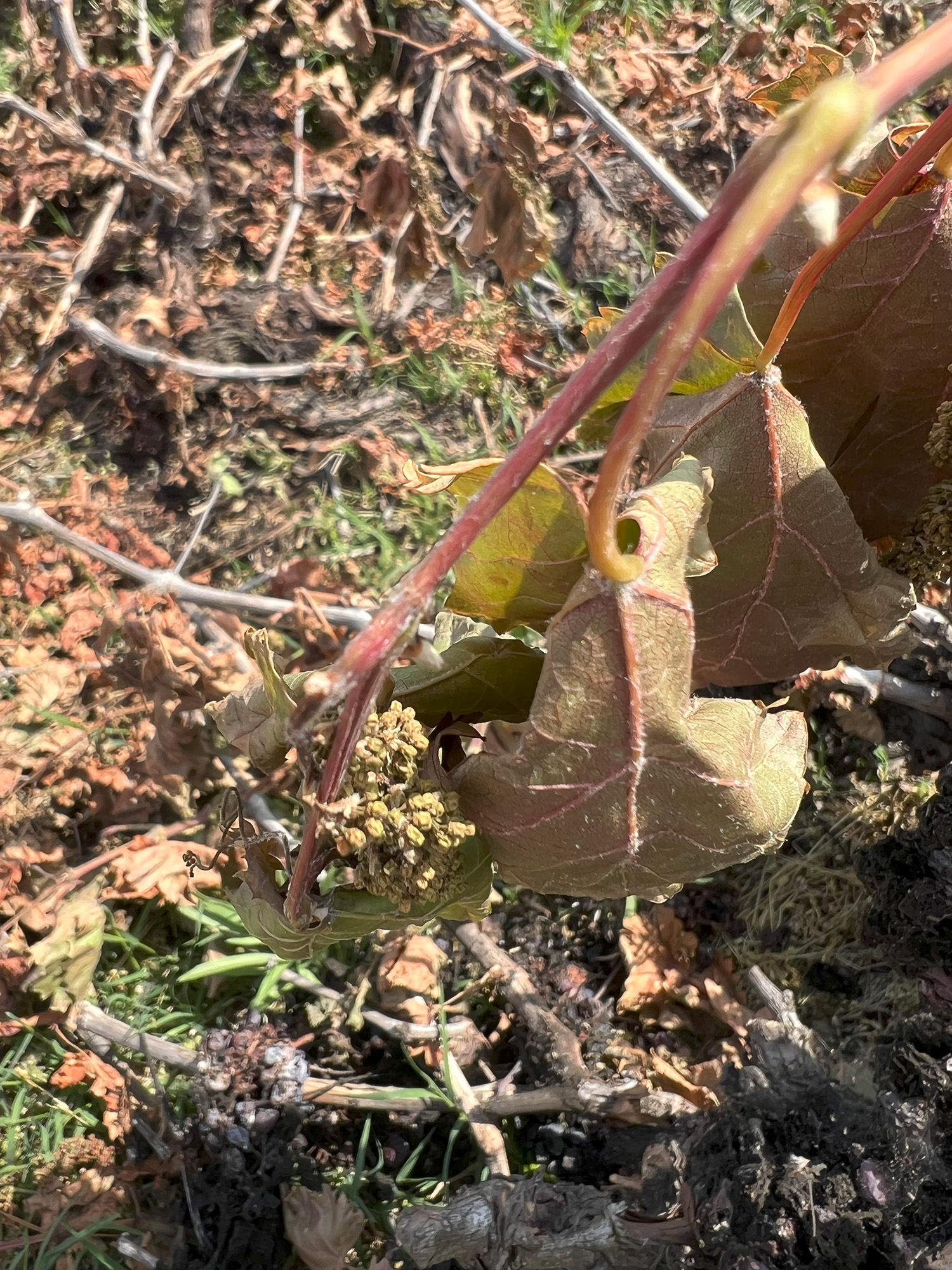Dr. Oleg Daugovish, Farm Advisor, University of California, Cooperative Extension
Why fumigants are needed in fruit and vegetable production.
California is the largest agricultural state in the nation. Over a third of the country’s vegetables and over three-quarters of the country’s fruits and nuts are grown in California, according to the California Department of Food and Agriculture (CDFA).
Many crops grown in California rely on fumigants for a healthy start and lifecycle. This section focuses on why fumigants are important to California agriculture and crop production and how farmers use them to control soil pests and diseases.
It’s important to note that farmers and their families live, work and go to school in the same communities where they farm. Therefore producing crops safely to protect their employees, neighbors and the environment is paramount.
FAQ
What is fumigation?
Fumigation is the injection of gaseous pesticides about two feet into the ground before crops, vines or trees are planted. Fumigants can also be applied through the drip irrigation system. Fumigants move through the soil to control a wide variety of soilborne pests and diseases that can cause significant damage to crops. These pests include nematodes (microscopic worms), fungi, bacteria, insects and weed seeds.
Fumigant pesticides are not sprayed. They are restricted use materials and can only be applied by trained, certified applicators under a permit from a County Agricultural Commissioner. California has the most stringent standards in the nation governing the approval and use of fumigants.
Fumigation is conducted several days or weeks prior to planting when no farm employees are working.
The most common fumigants used in agriculture are 1,3-Dichloropropene and chloropicrin. These fumigants are often used in combination to increase efficacy.
(Note: Fumigants are also applied in homes, healthcare facilities and food facilities to control termites, vector-borne or animal-borne diseases.)
Why are farms fumigated before planting?
Fumigation remains the most cost effective and efficient way to protect crops by controlling a wide range of soil-borne pests and diseases. Recently this was verified by a study into fumigation alternatives commissioned by the California Department of Pesticide Regulation (CDPR) and conducted by the California Council for Science and Technology (CCST). Among the key findings from this comprehensive report: “No currently available alternatives to 1,3-D and chloropicrin would work as a universal replacement for these fumigants.”
The CCST study findings are supported by 25-plus years of research that shows that crops grown in soil treated with fumigants prior to planting are more productive than crops grown on non-fumigated soil.
What damage is caused by soil pests and diseases?
According to information from the CCST report into fumigation alternatives:
Nematodes: Nematodes do not typically kill plants, but rather are plant stressors. They can deform plant tissues (root-knot nematodes) or destroy tissues while feeding (e.g., root lesion nematodes). They may act alone or in conjunction with other pathogens and stress factors in crops to reduce growth and yield. Above-ground plant symptoms of nematodes include stunted growth and plants which lack vigor. If not treated, nematodes reduce yields by an average of 5–20%, although in some fields they can reduce yields by up to 80%, significantly impacting a farmer’s returns.
Soilborne pathogens, fungi, bacteria (including Fusarium, Phytophthora, Pythium, Verticillium): If pathogens are left uncontrolled, they can cause significant loss of yield and crop quality. Many fungal pathogens infect plant root tips as the roots grow toward the fungus. Root tips leak nutrients which stimulate the pathogen to germinate and grow toward the host. Pathogens responsible for vascular wilt diseases invade the vascular system of the plant. Once there, they can move systemically into the plant, causing localized restrictions in water movement resulting in water stress and ultimately plant death. Other pathogens cause roots to rot, either fine roots and/or tap roots, either of which results in poor plant uptake of water.
Economically significant plant pathogenic fungi in California include various host-specific forms of Fusarium oxysporum (which causes the disease known as Fusarium wilt), Macrophomina phaseolina (which causes charcoal rot), Verticillium dahliae (which causes Verticillium wilt), and the Oak root fungus (which causes crown and root rot). In crops, like berries, several of the preceding soilborne pathogens can cause average yield losses of 20–50% and, at times, up to 100% or complete crop loss.
Click here to visit the University of California’s Integrated Pest Management website for more information on disease and pest control strategies in agriculture.
How are fumigants injected into the soil?
For crops, like berries, fumigants are applied through deep-shank injection or subsurface drip application to help keep them in the soil and maximize effectiveness. Directly after fumigant application, these fields are tarped with total impermeable films (TIF) that reduce emissions, increase fumigant retention and in some cases, lower the amount of fumigant needed for pest and disease control.
For tree and vine crops, fumigants are generally deep-shanked into the soil and overhead irrigation (sprinklers) is used to contain the fumigant and reduce emission. Currently, CDPR is considering new regulations that would require TIF to be used for all fumigant applications in California.
Fumigants can also be used in small areas for individual tree or vine replants, usually a 10X10 square foot area.
Application methods vary by location, soil type, temperature and targeted pest or pathogen. Successful fumigation applications require adequate soil preparation, correct soil tilth and proper soil moisture to maximize safety and efficacy.
Do fumigant pesticides leave residue on crops?
No, because they dissipate before crops are planted.
Who applies fumigants?
Soil fumigants are restricted use materials, which means they can be applied only by trained, licensed and certified applicators under a permit from a County Agricultural Commissioner. No farm employees are working during application of fumigants. Read more about safety standards.

